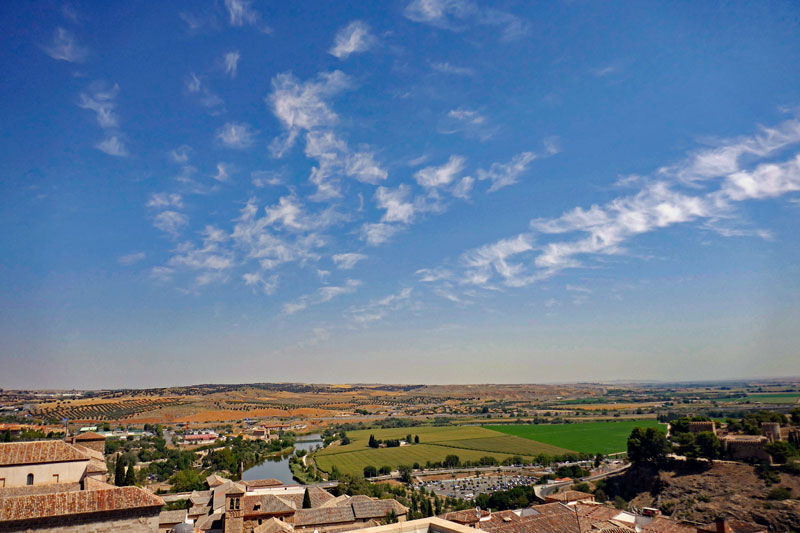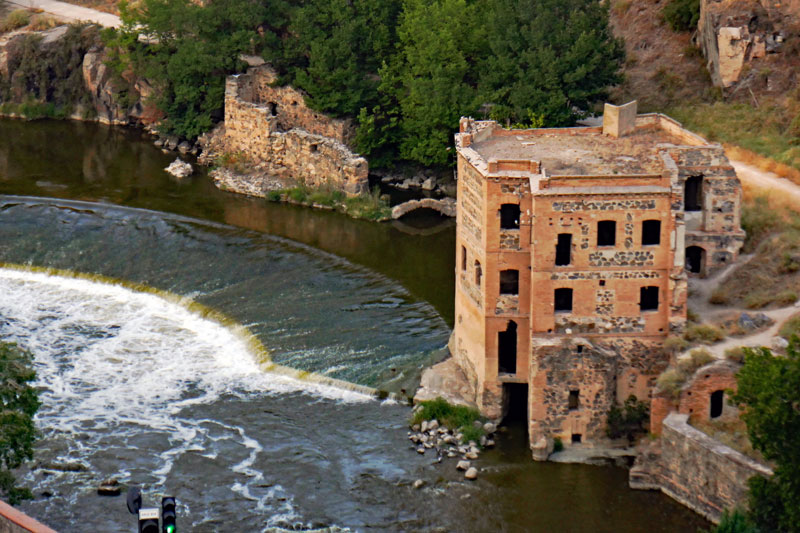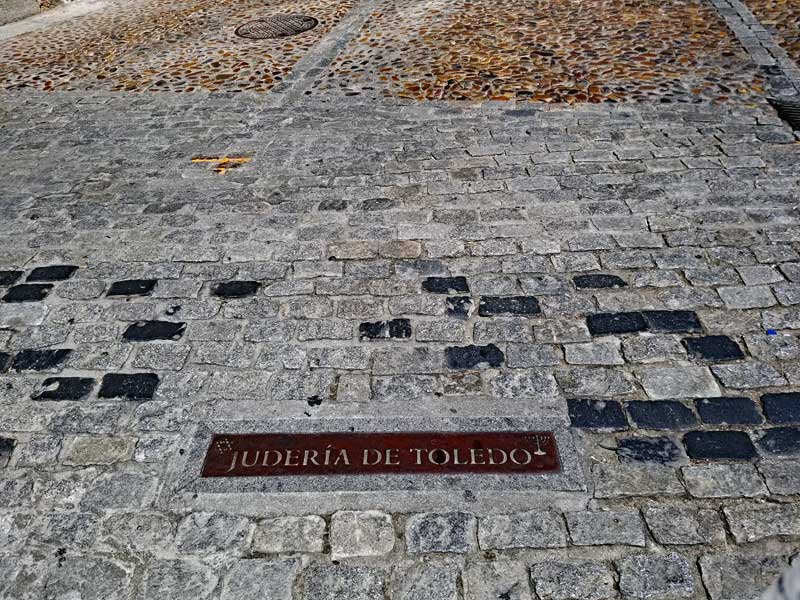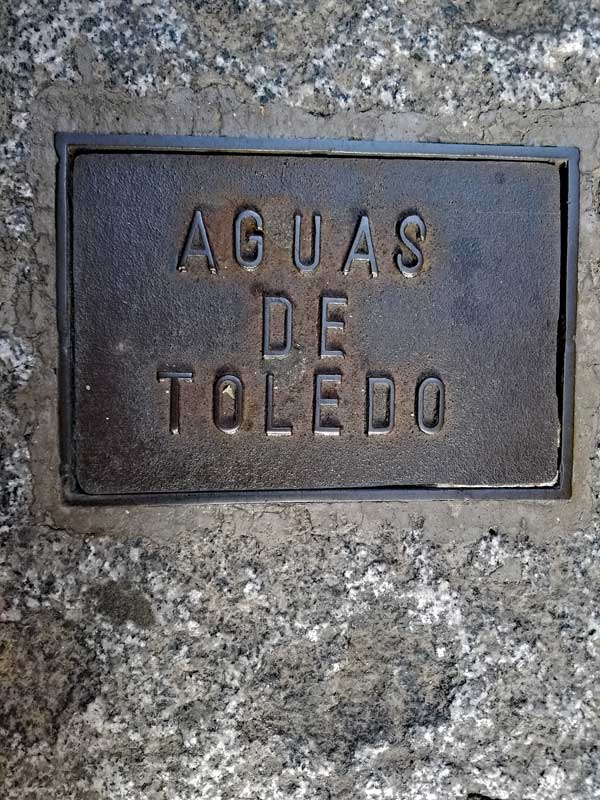

The talented metal forger that made the bust above is Juan Antonio Sánchez at forjatoledo.com
Toledo is another amazing city in Spain, it is built on a hill in the region Castile-La Mancha in central Spain. It is the capital of the province of Toledo and also the capital of the autonomous community of Castile-La Mancha. It has the fewest inhabitants/km² of any autonomous community in Spain (as of jan 12 2012 26.70 inhabitants/km² and a total population of 2,121,888). The autonomous community of Madrid is the most densely populated with 809.49 inhabitants/km² and a total population of 6,498,560.


Toledo is a walled in city and it dates back a long time. Toledo (or Toletum in Latin) was mentioned by the Roman historian Livy who lived 59 BC – AD 17. He called it “Urbs parva, sed loco munita.” which translates into “A smaller city, fortified by it’s location”. Already in 193 BC the Roman General Marcus Fulvius Nobilor fought and won a battle near the city against Celtic tribes. At that time Toledo was a part of the region of Carpetania. It was then incorporated into the Roman Empire as a “civitas stipendiaria”, a tributary city of non-citizens. When the Flavian dynasty came to power during the civil war of 69, the city had gained the status of “municipium”. This meant that all city officials obtained Roman citizenship for public service and it also meant that Roman law and political structures were increasingly being adopted. It caused municipal services to be expanded to include a water system, storage, public baths and a Roman circus was constructed. The circus was one of the largest in Spain and it could hold up to 15,000 spectators to watch chariot races and other games that were held at the circus.

Toledo was given World Heritage Site status by UNESCO in 1986 for its extensive monumental and cultural heritage. It is known as the “Imperial city” for being the main home of the court of Holy Roman Emperor Charles V as well as the “City of three Cultures” for the influences of Christians, Muslims and Jews on the city and it’s culture where the three religions coexisted peacefully for more than a thousand years. This in some ways can be seen as having ended when Sephardic (Spanish – Sefardic) Jews were expelled from Spain in 1492.



Toledo is a city with military influences in the sense that it is home to a big military museum in Alcázar de Toledo (Arabic word for palace/castle). The Alcázar sits on top of the hill of what is the city of Toledo. The city is also the home of the Academia de Infanteria. This is a training academy, providing basic and specialized training for commissioned and non commissioned officers of the infantry branch of the Spanish army.






In Toledo a small motorcycle parked in such a manner that the bus can’t make the narrow turn – might, like here create what we call a Sig-alert (named after Loyd C. “Sig” Sigmon 1955 – read more here) in So Cal. In this instance, it was a beautiful Italian made Aprilia motorcycle that caused the Sig-alert. After some time passed and people started getting out of their cars the motorcycle was moved in a cooperative manner. In some ways this might be looked at as an event that signifies the core of the city of Toledo where co-existance between the different religions over more than a thousand years likely involved a good amount of cooperation…


Sinagoga del Transito built in 1366 now contains the Museo Sefardi that depicts Jewish life in Toledo during medieval times. Today there are only two Synagogues left in Toledo, at one time thee were ten of them. The second remaining one is Sinagoga of Santa María la Blancaalso, built under permission from King Alfonso VIII of Castile who was in love with a Jewish woman. It was later converted into a church when Sephardic Jews were expelled from Spain in 1492 and it is today owned and maintained by the Catholic church as a synagogue museum. It is of one of the oldest synagogues that are still standing in Europe, it was erected in 1180. In June 2015 Spain passed a law enabling descendants of the Sephardic Jews who were expelled in 1492 to regain Spanish citizenship. It was enacted by the Spanish government as an attempt of making reparation of a past wrong.




“Official College Of Architects Of Castilia La Mancha Delegation Of Toledo” is an architectural school in the province of La-Mancha and this plaque denotes the Toledo location, read more here (Spanish only).


The construction of the cathedral (Spanish – “Catedral Primada Santa María de Toledo”) started in 1226 the architecture is Gothic and it is one of three 13:th century “High Gothic” cathedrals in Spain.

